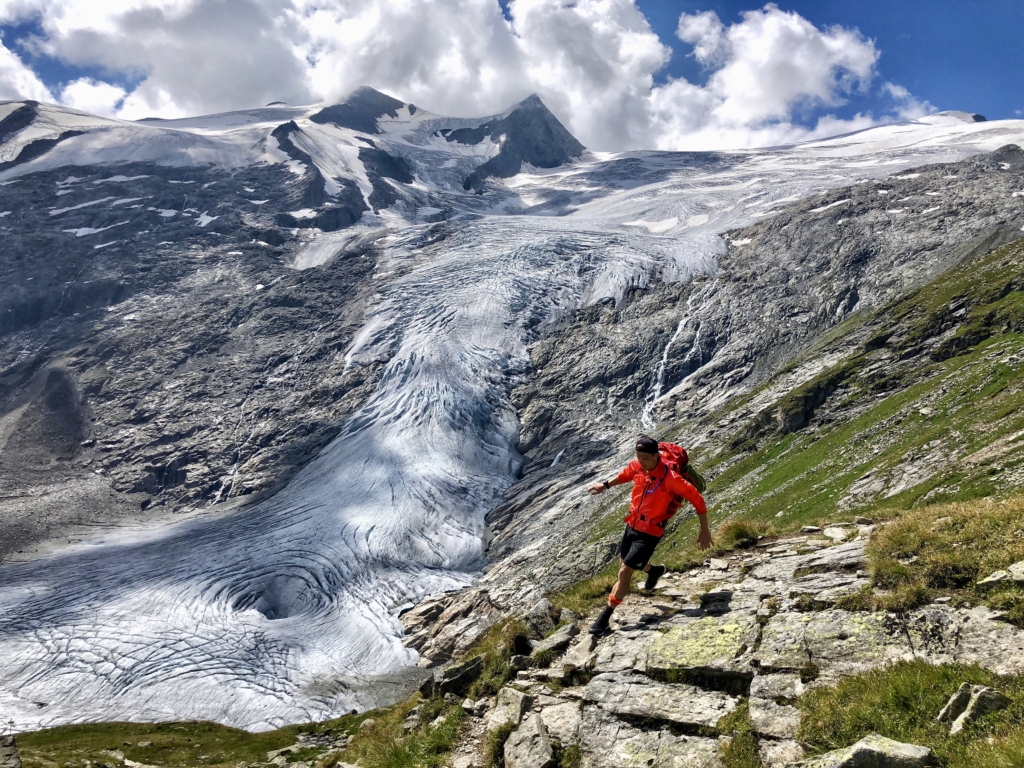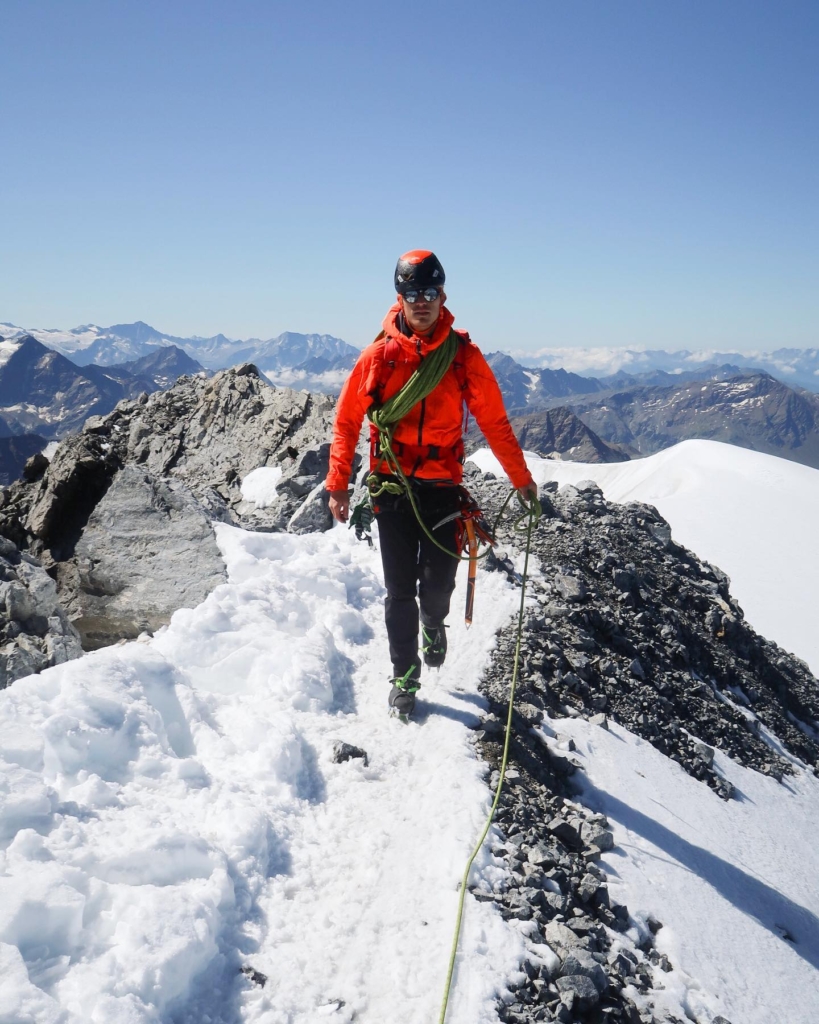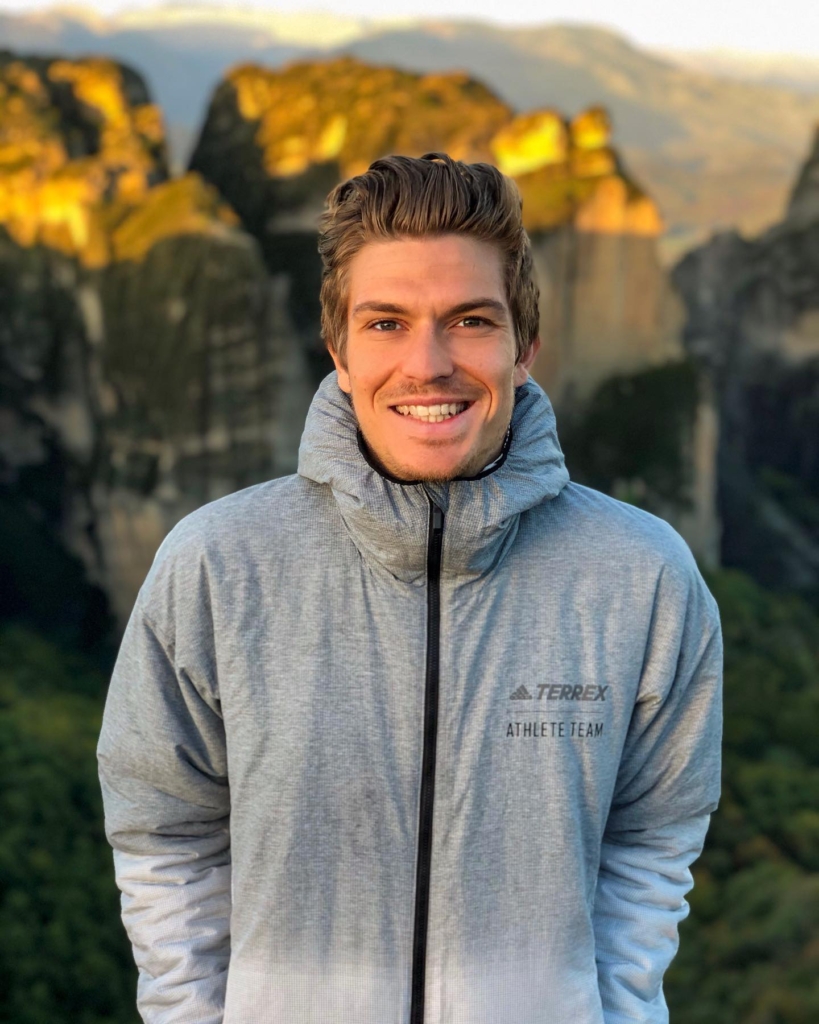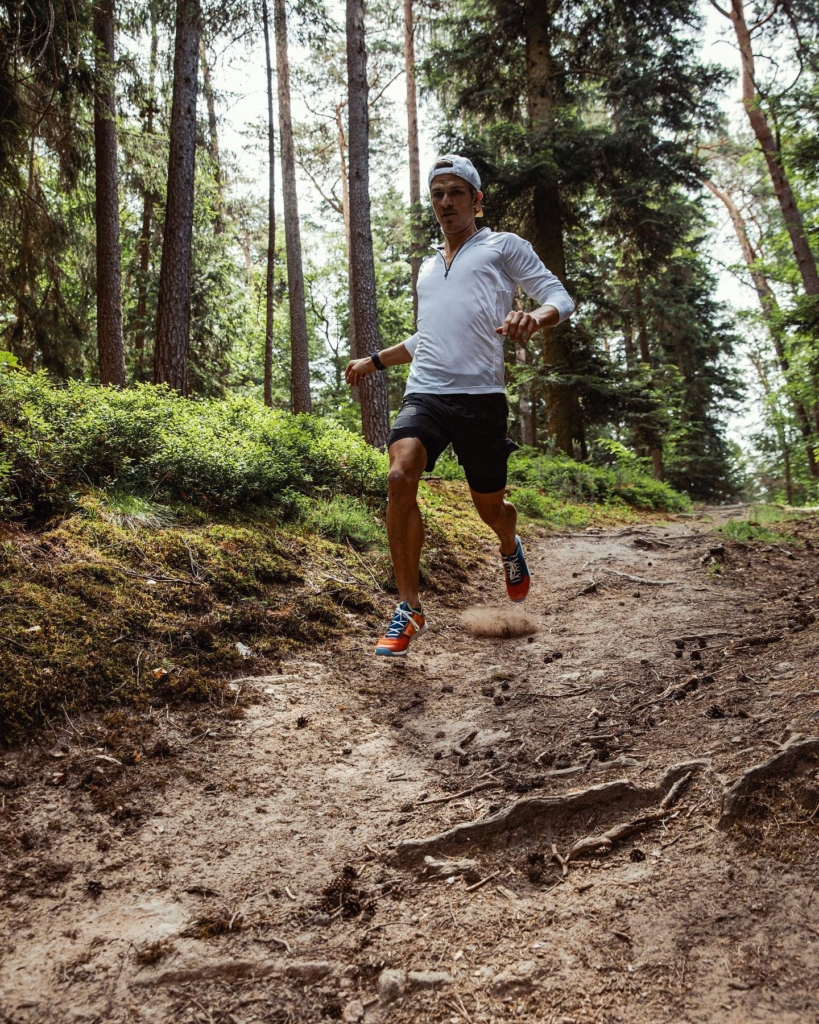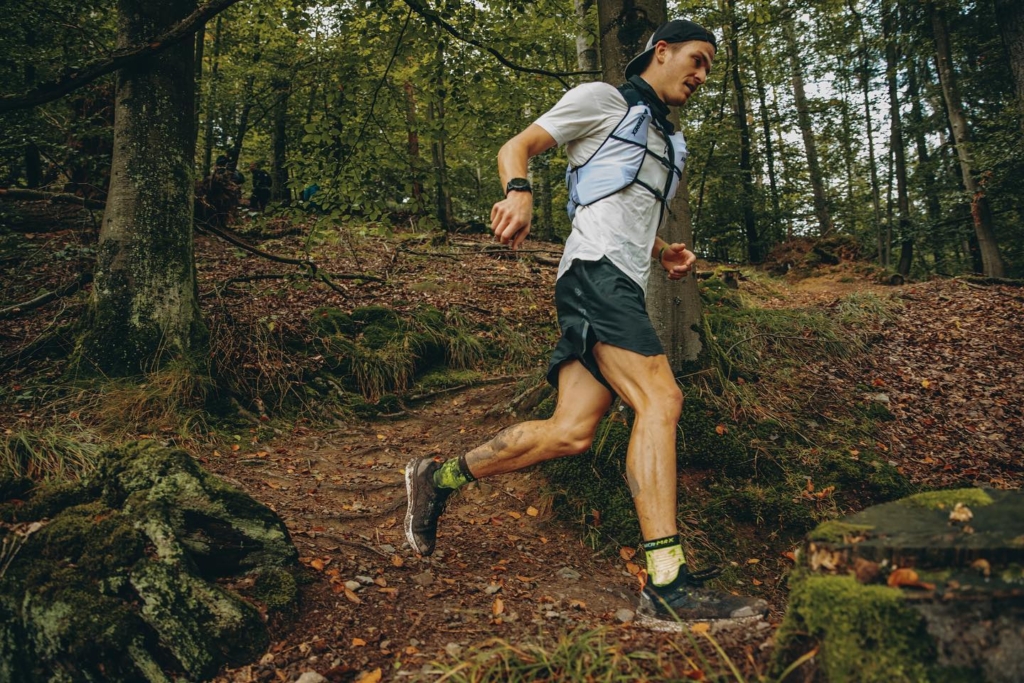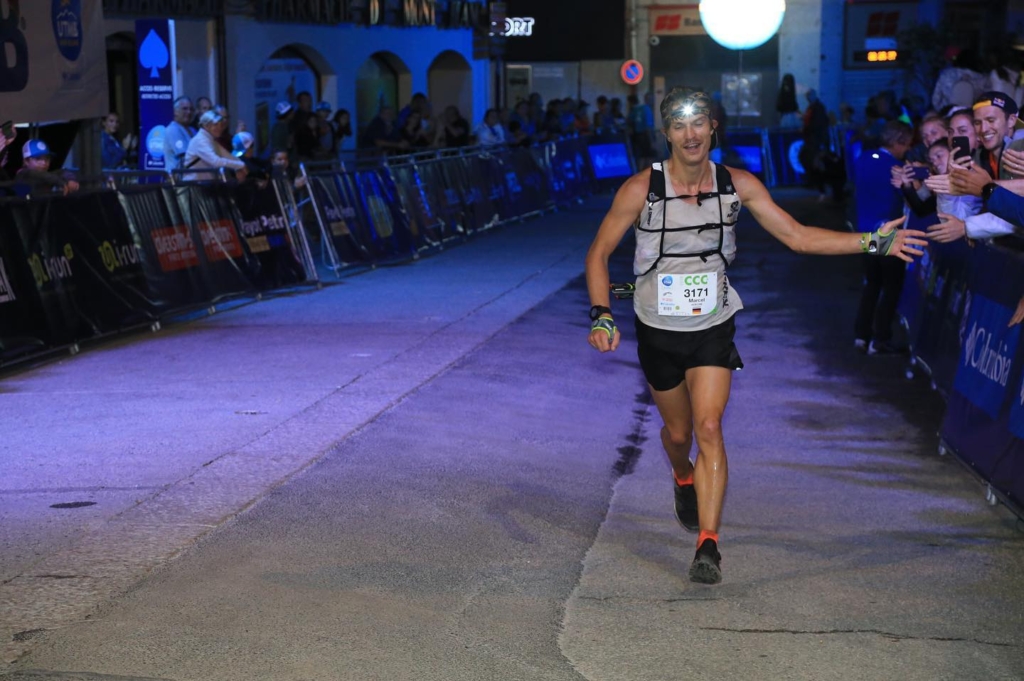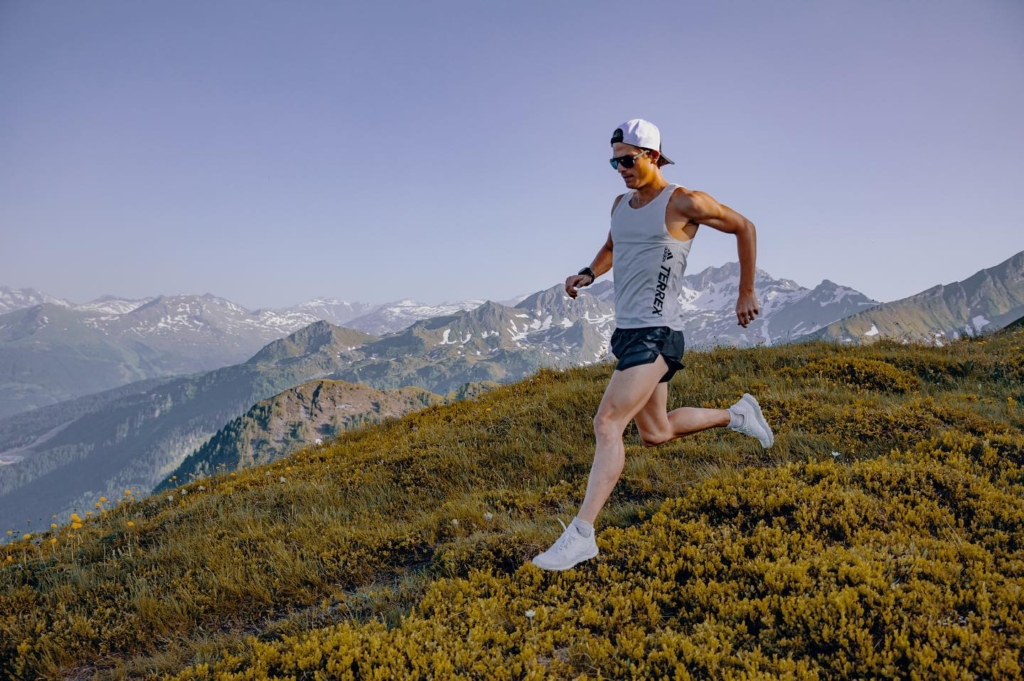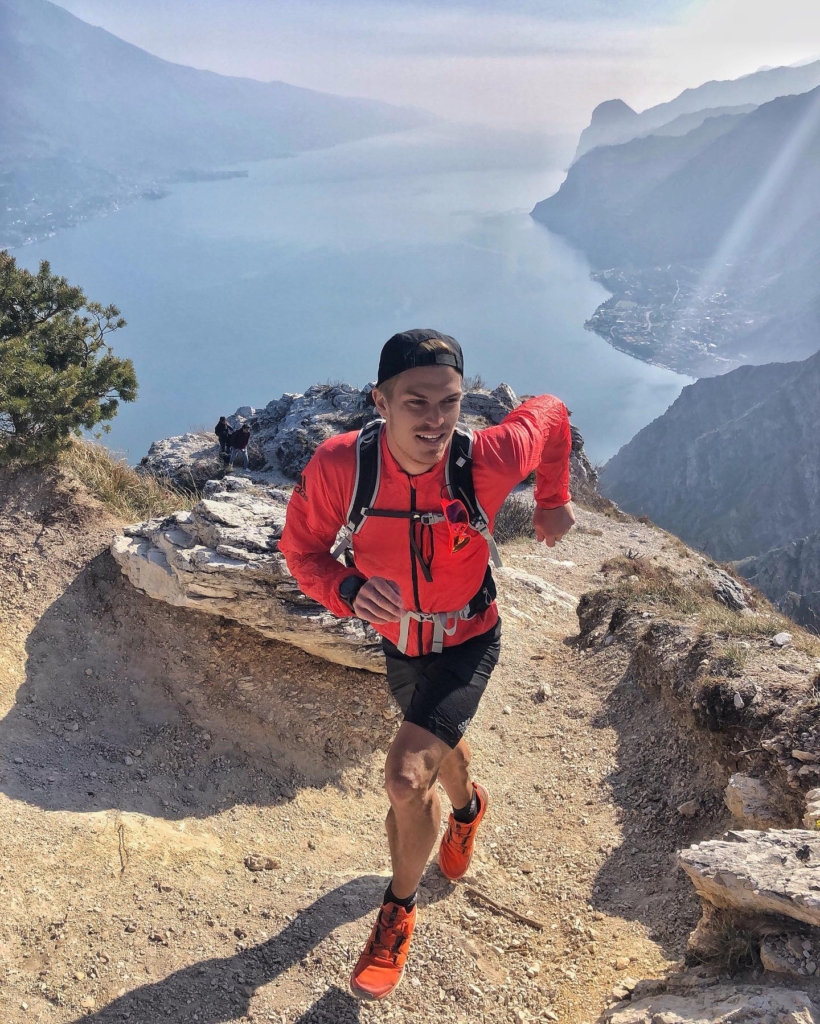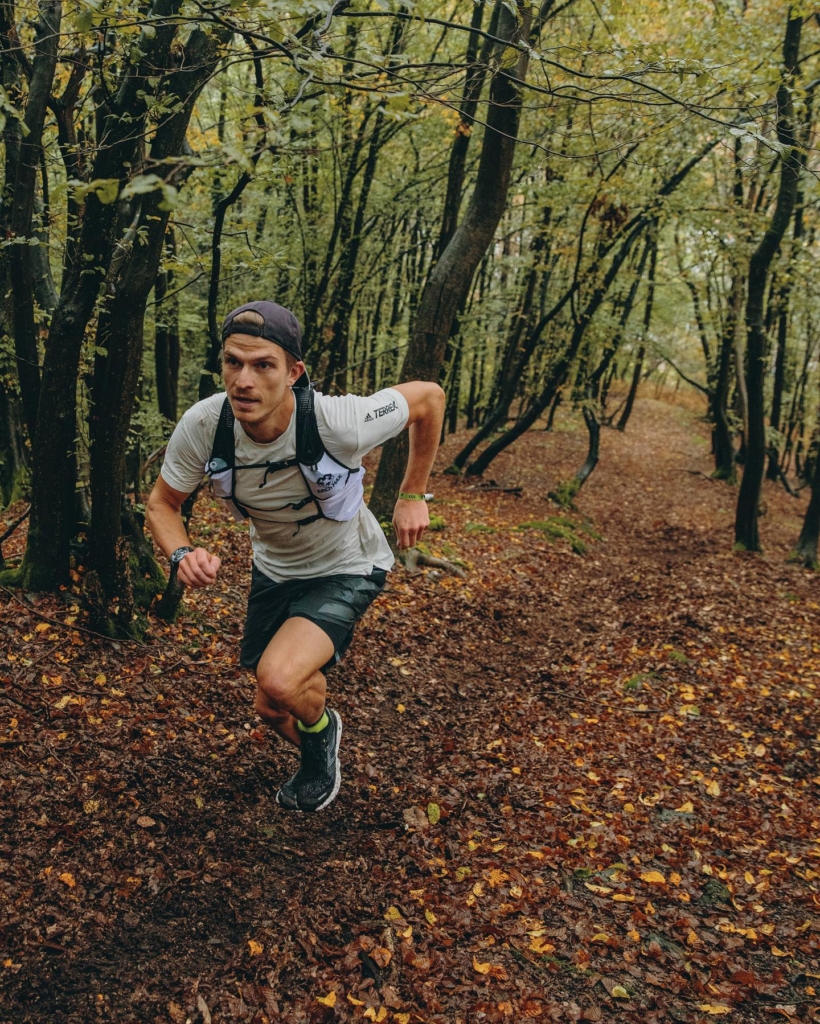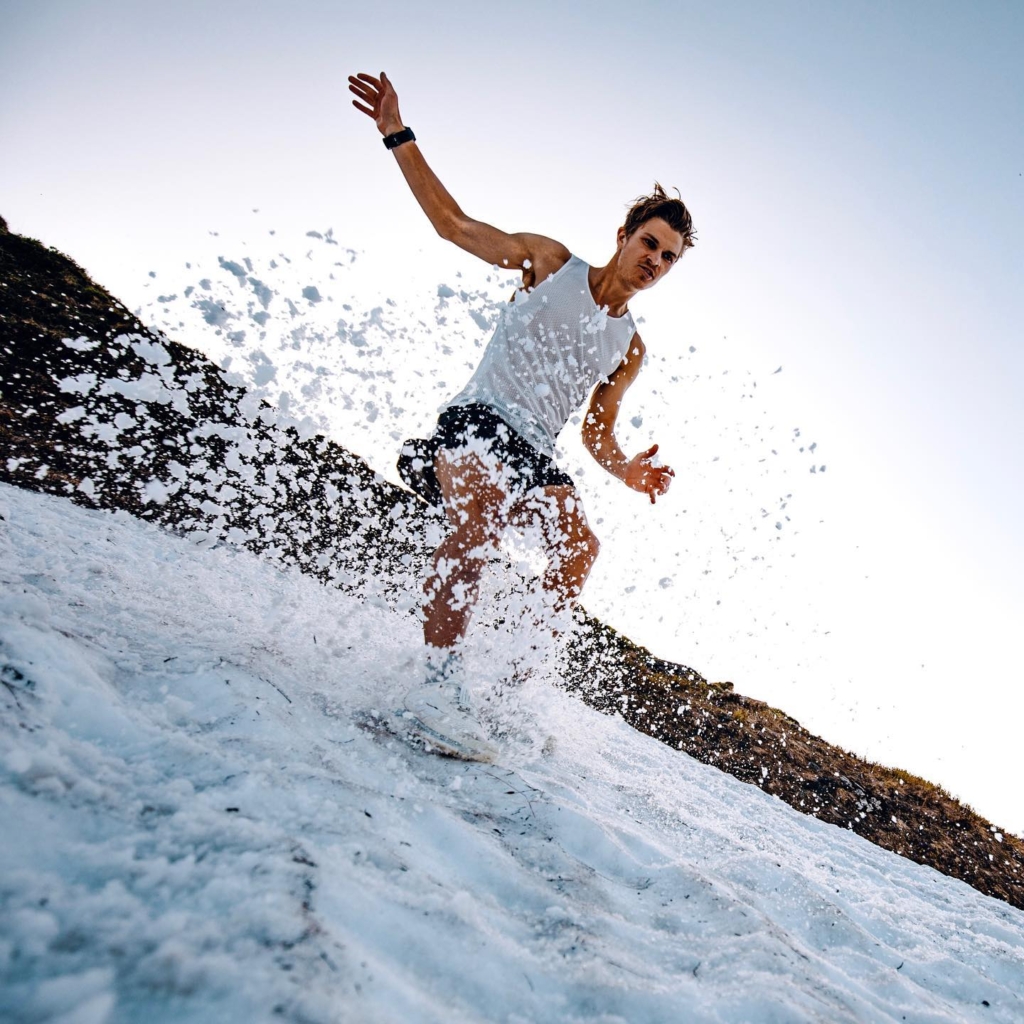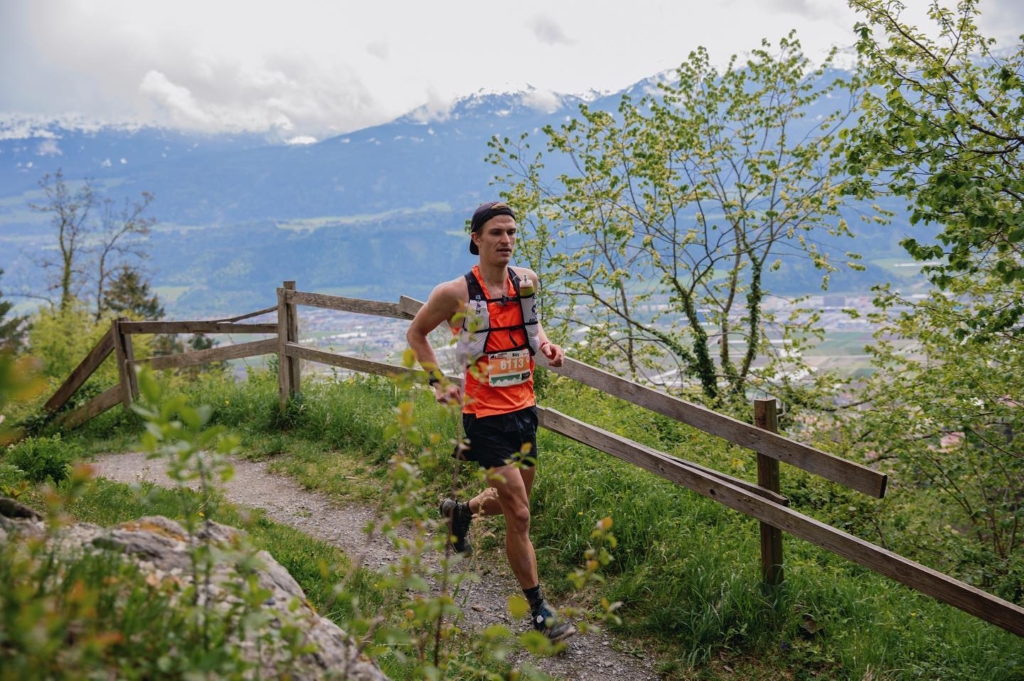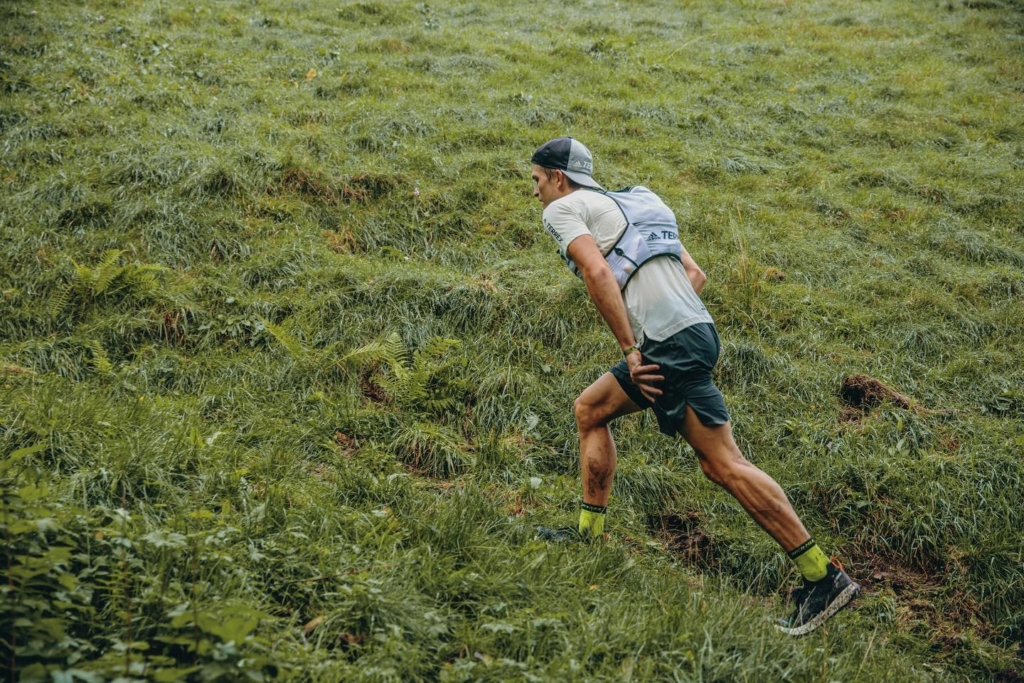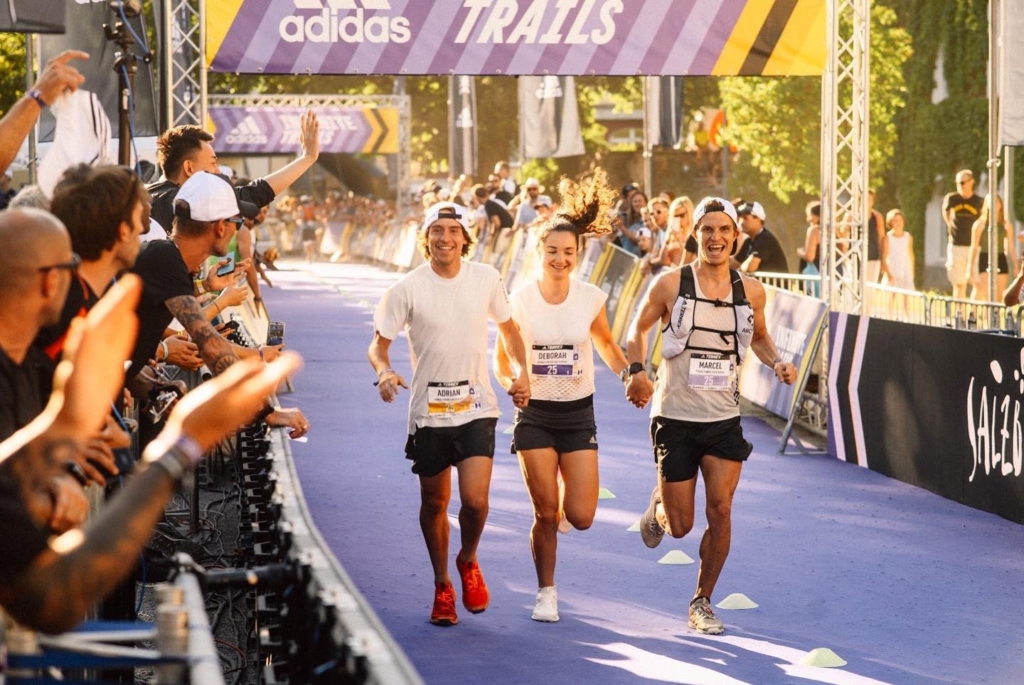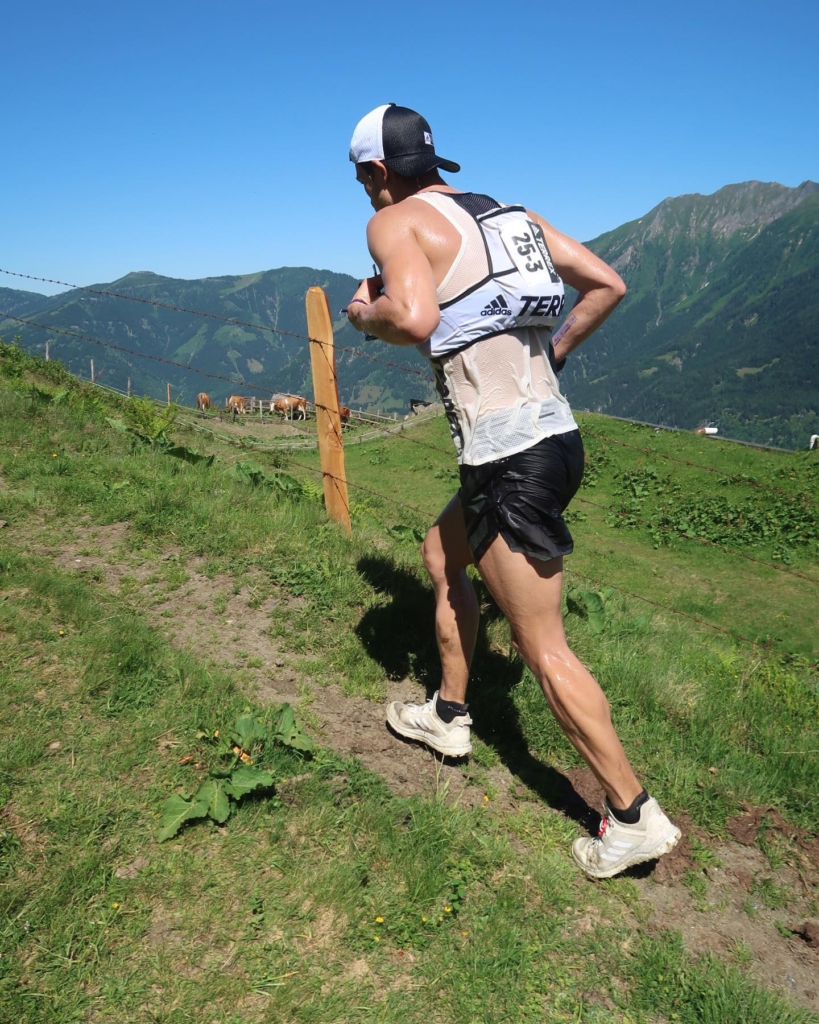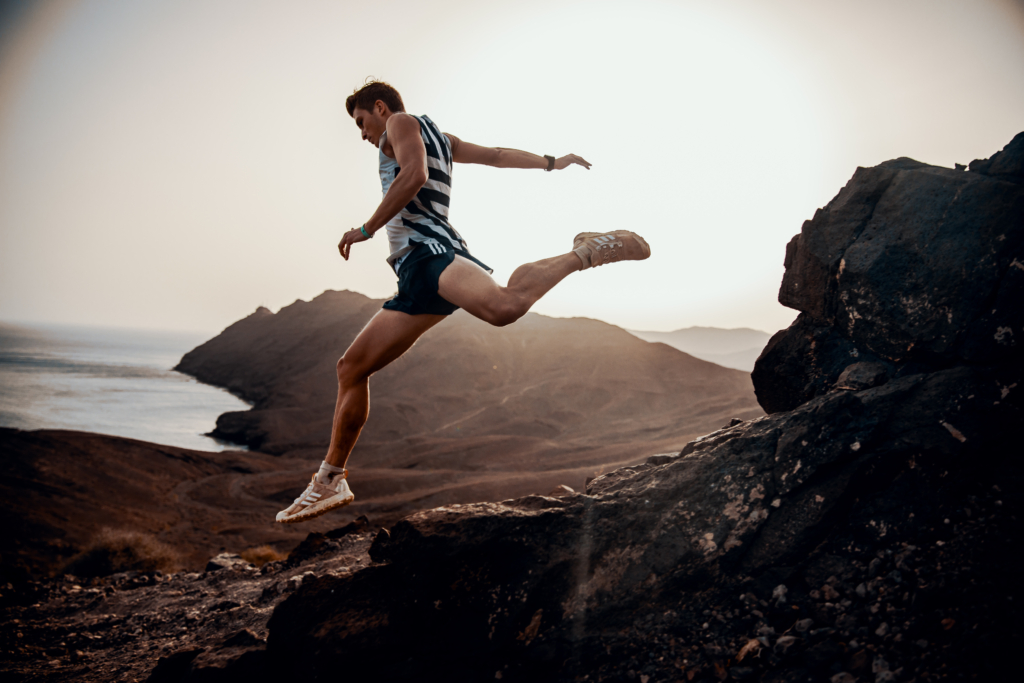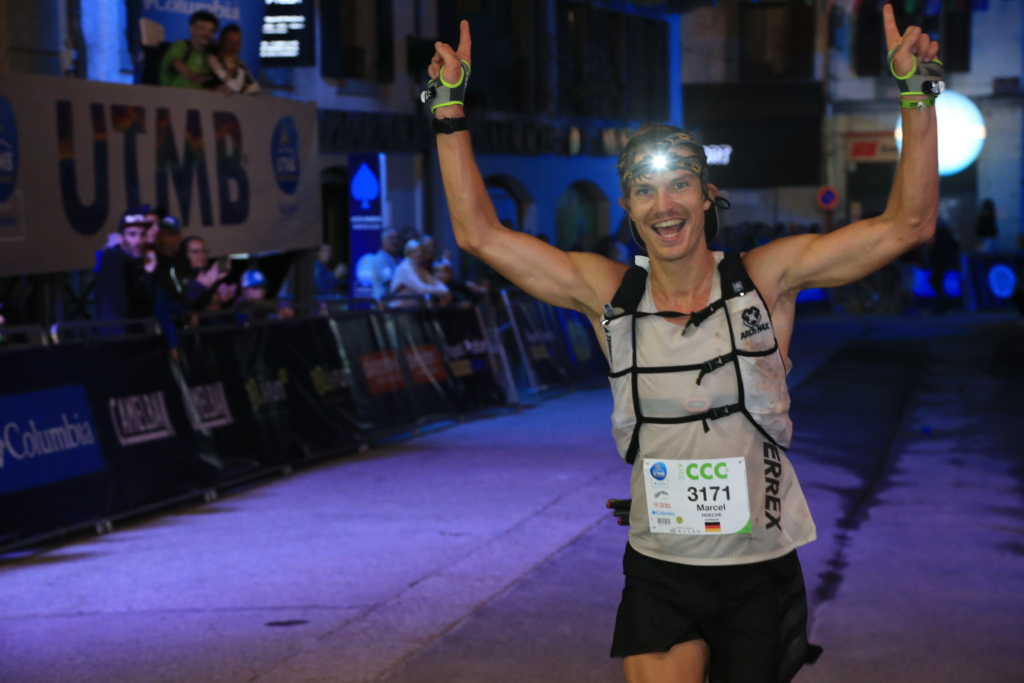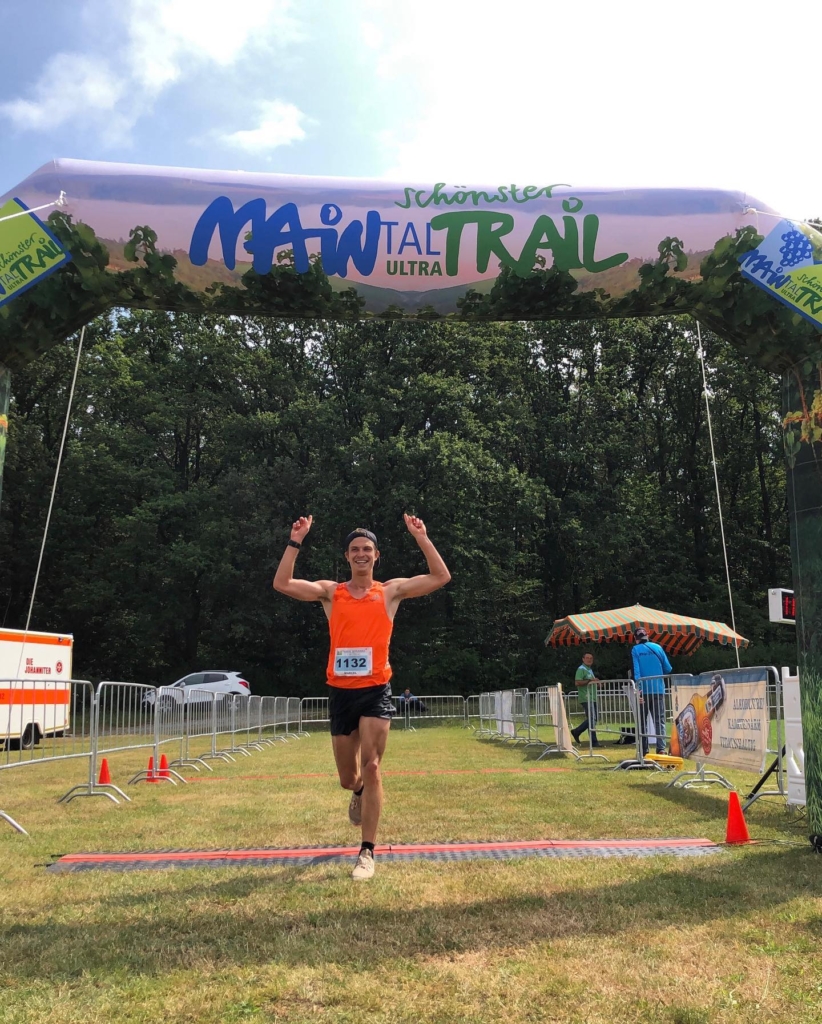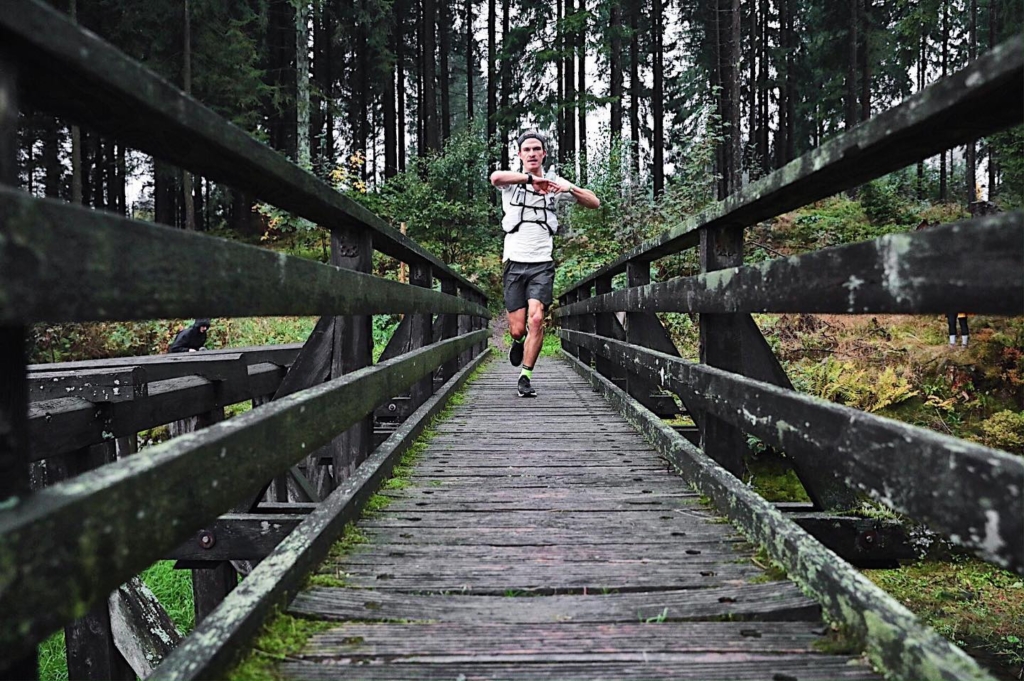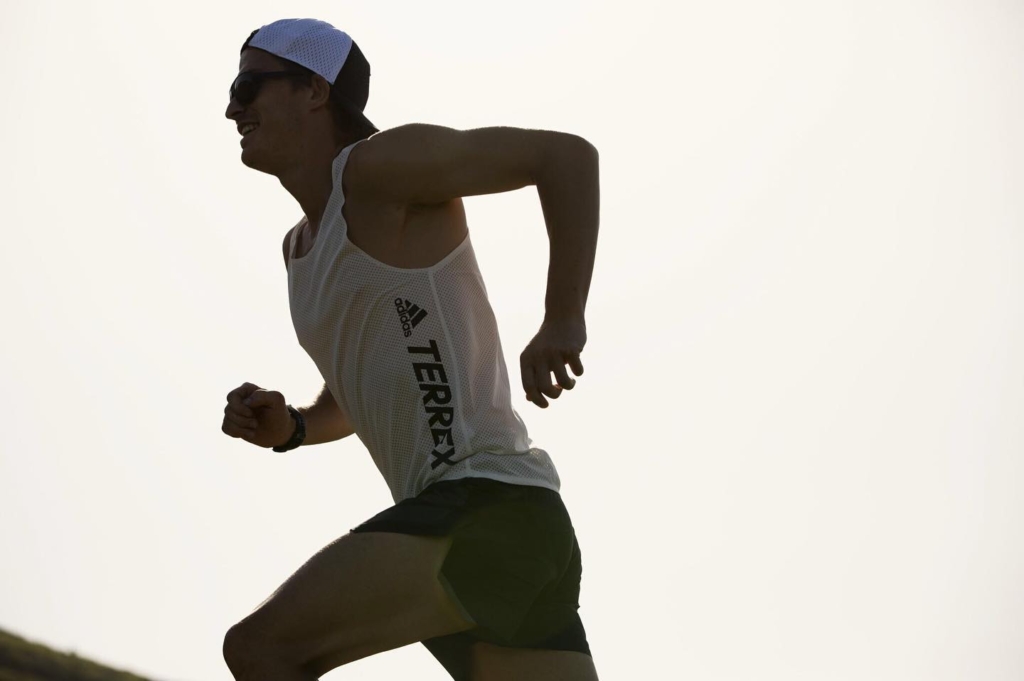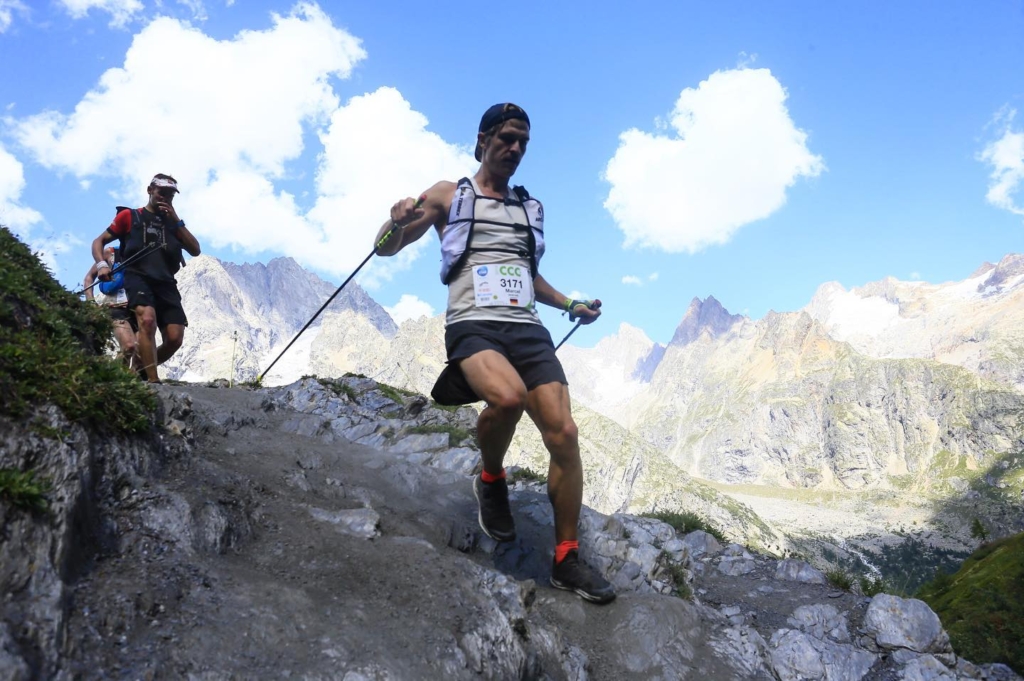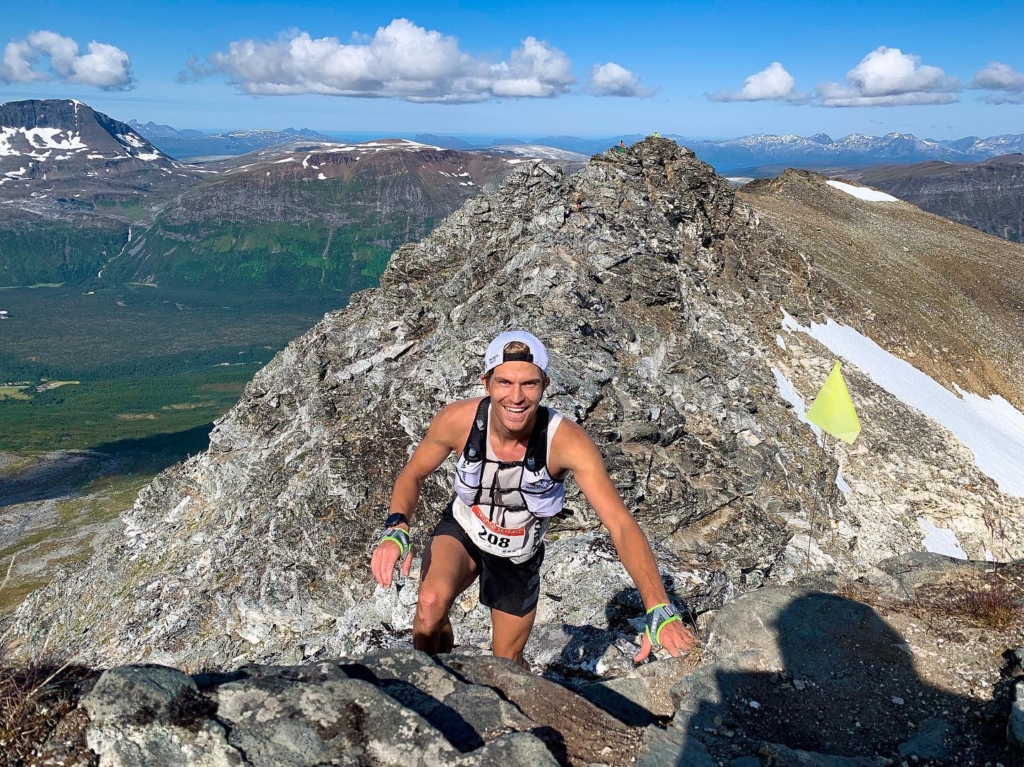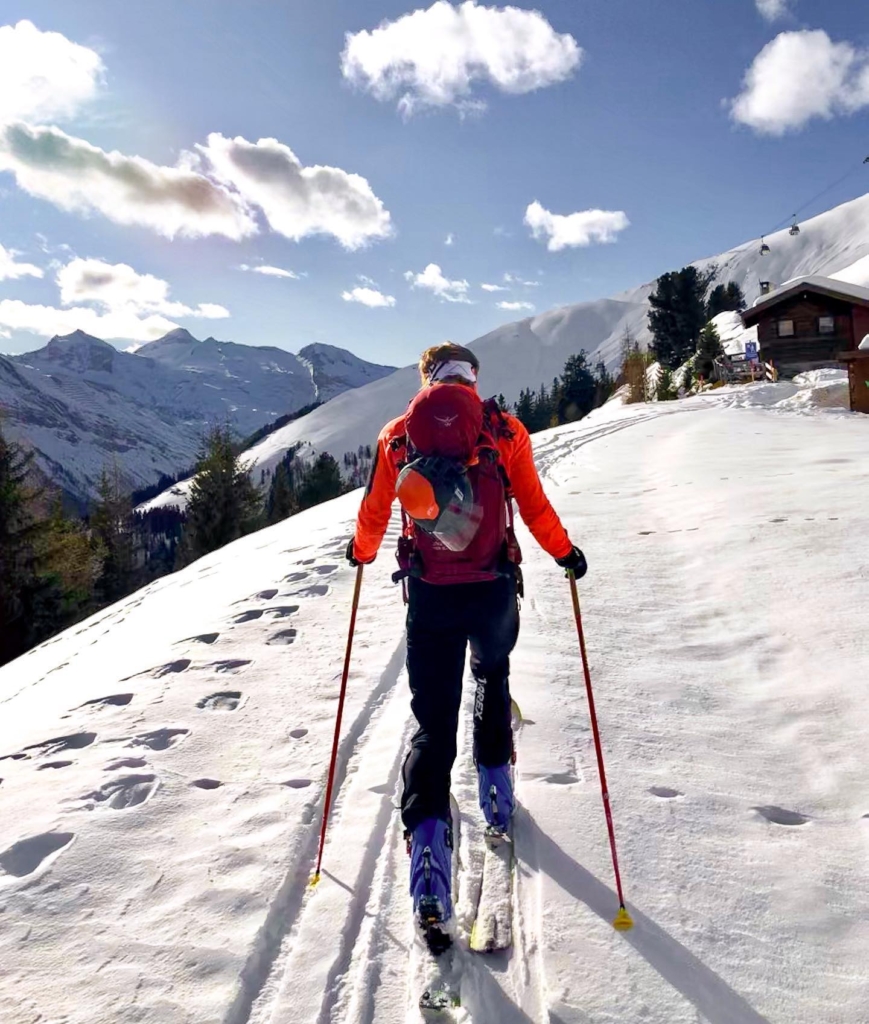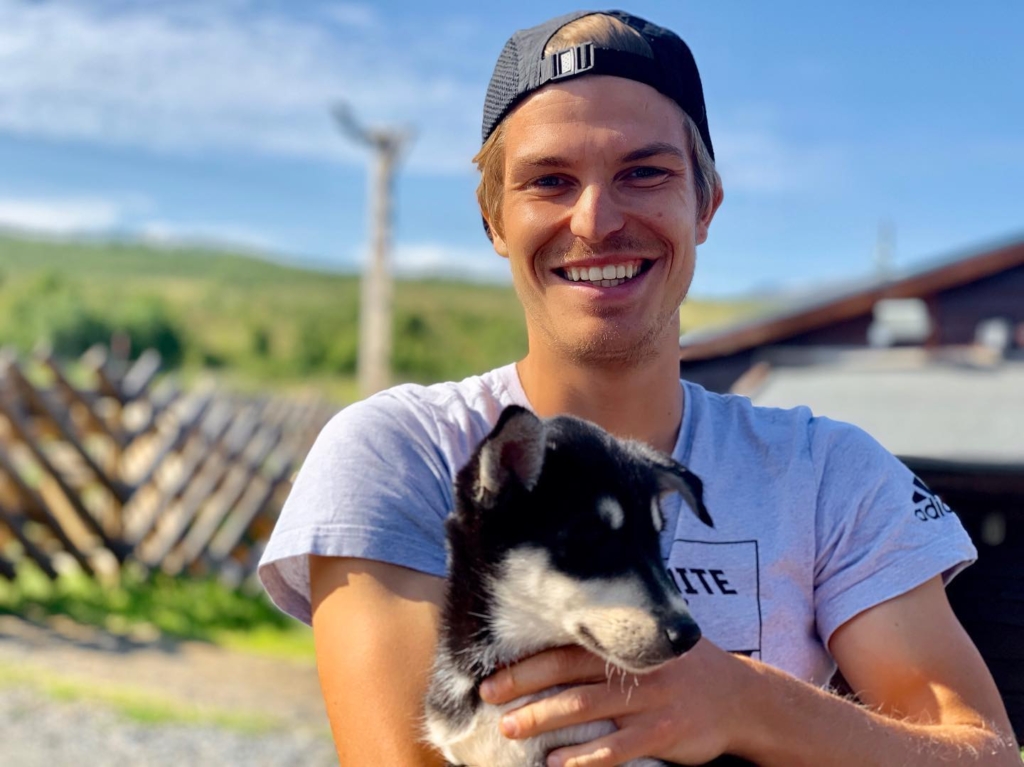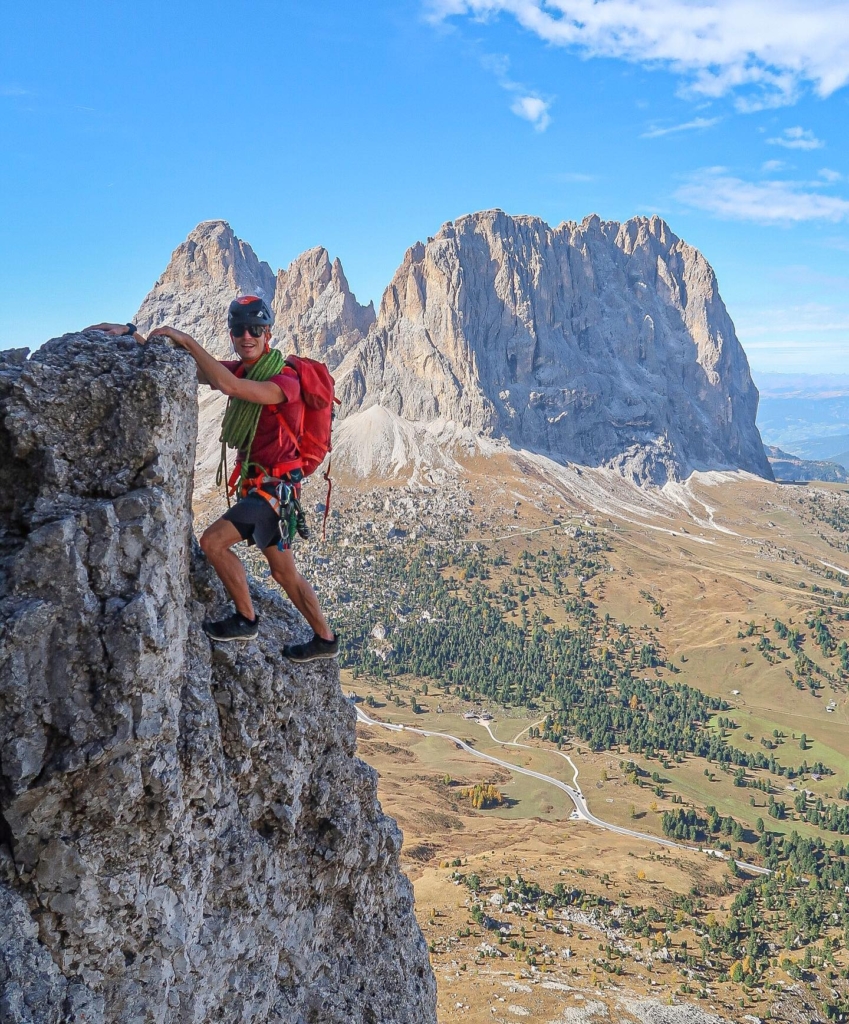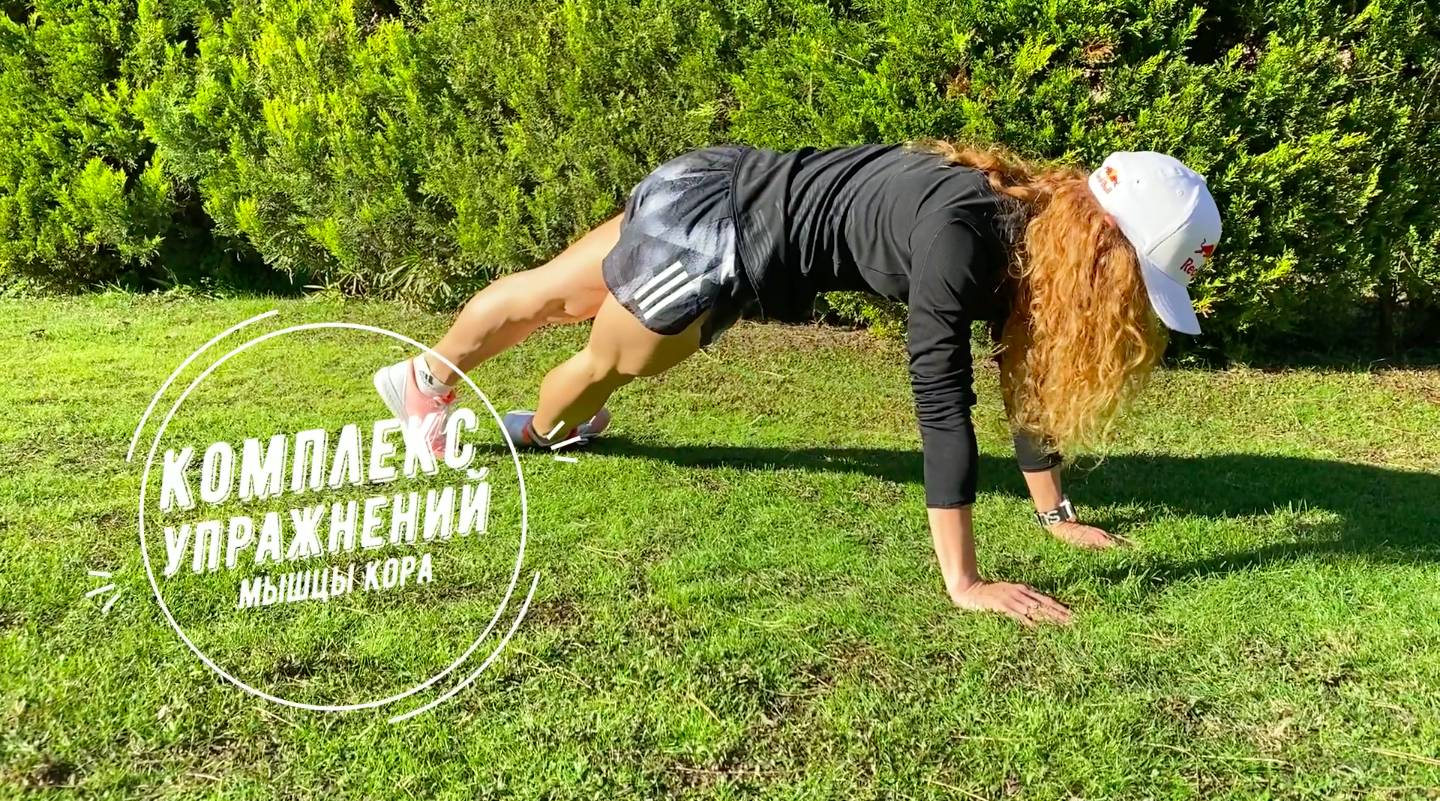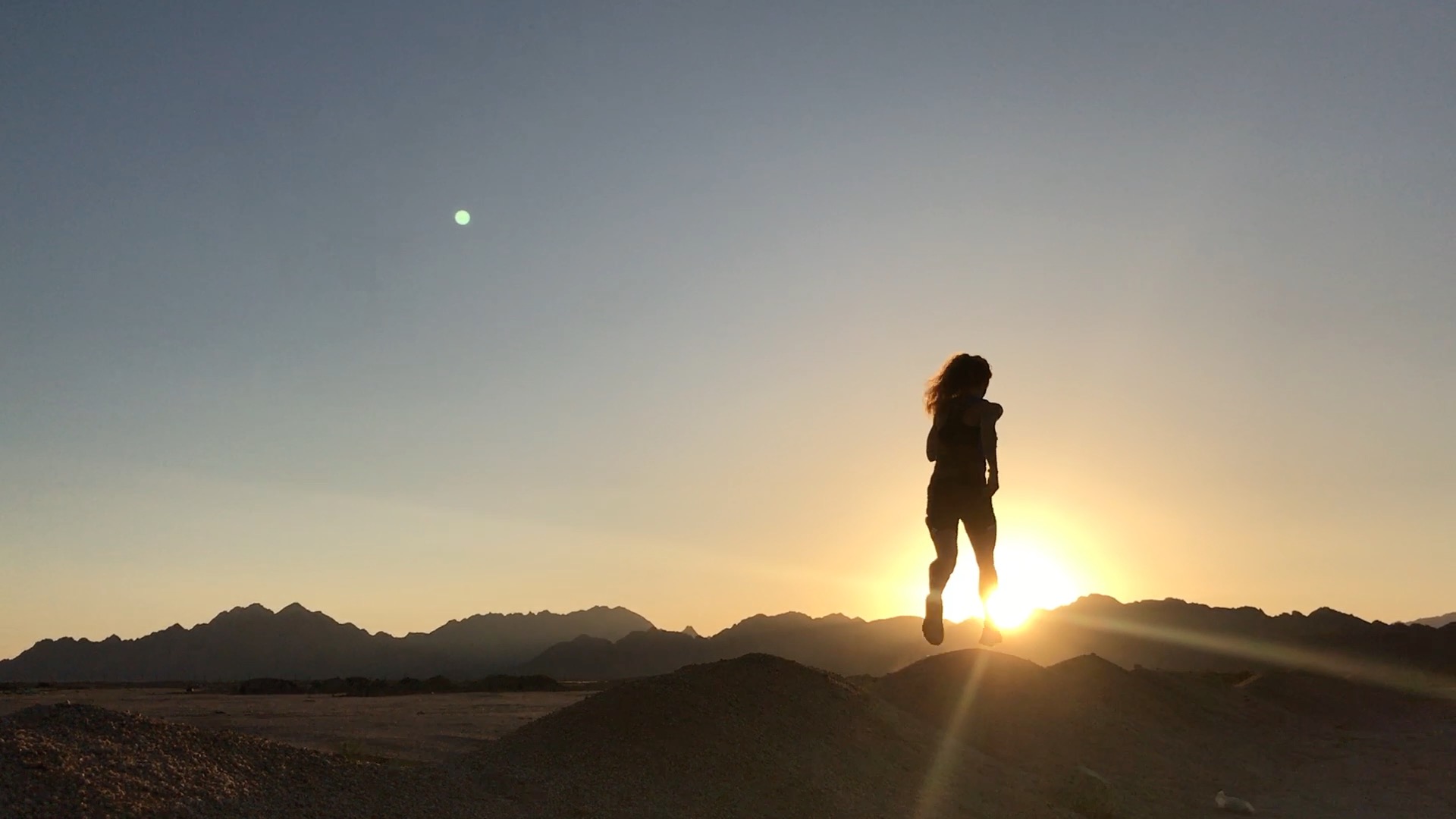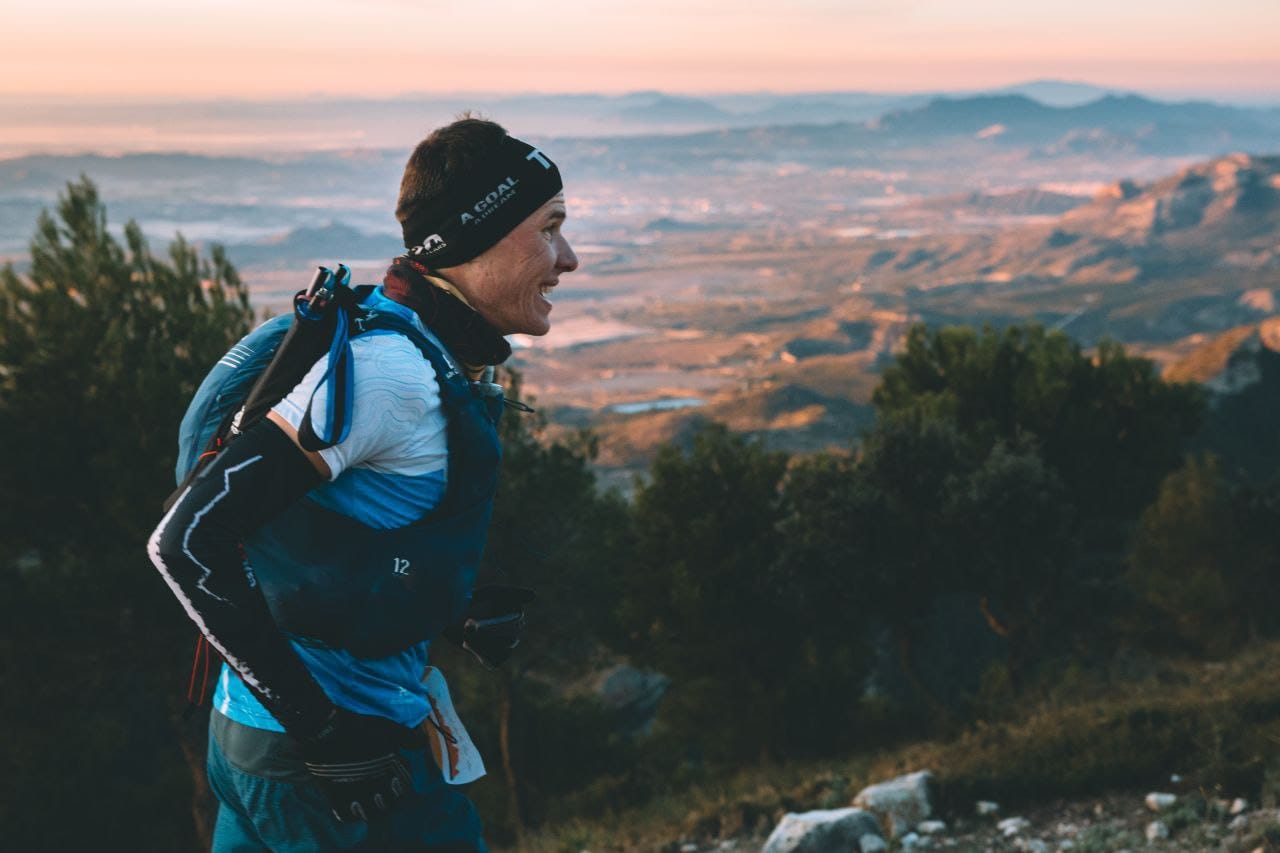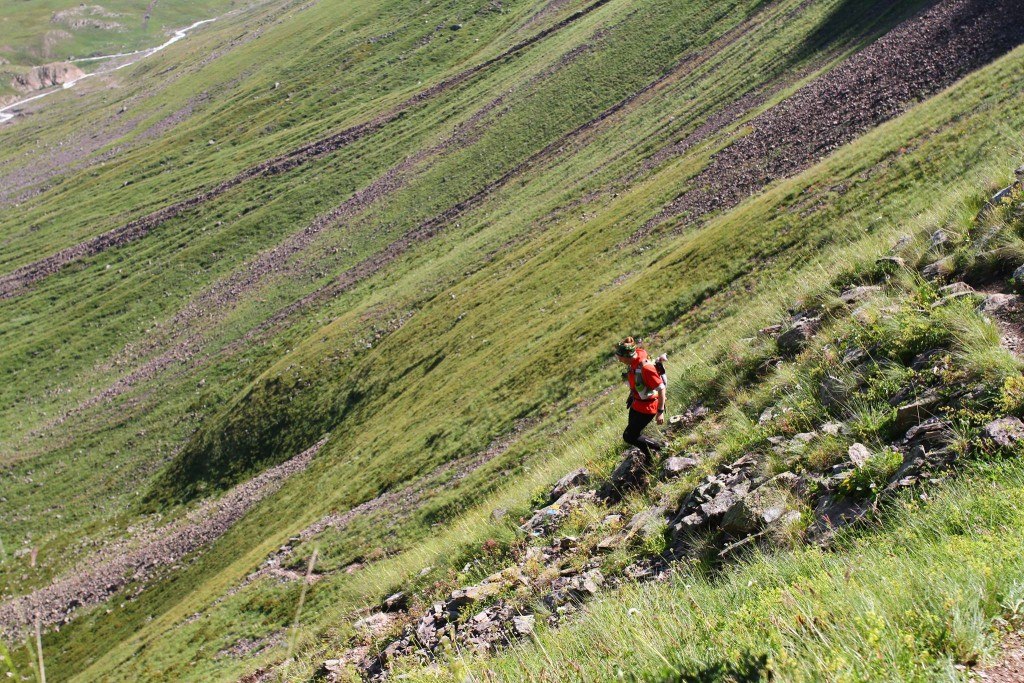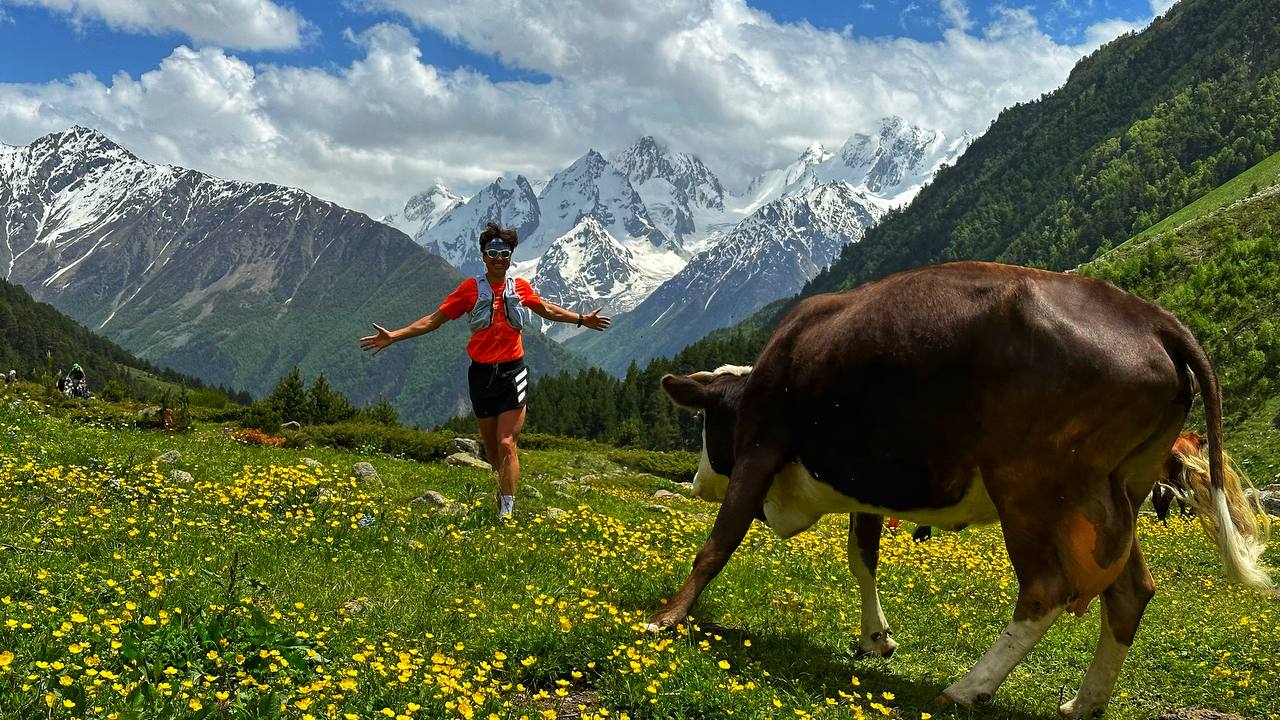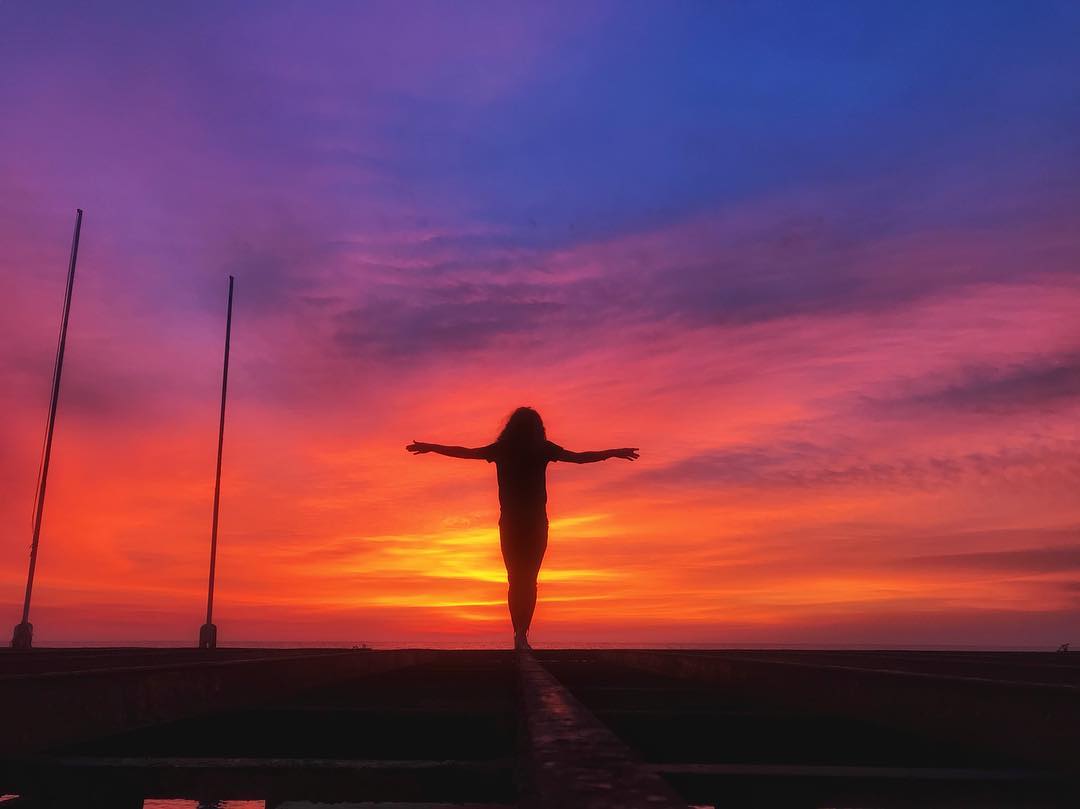Marcel Höche has been training at Trail Running School since summer of 2019. Also he has been responsible for designing trail running shoes at Adidas TEREEX for several years.
Dimitriy Platonov talked with Marcel and found out what new shoes will appear in the coming years, how shoes are built, why he have choosen Trail Running School and how he became an athlete of Adidas Terrex Pro team.
– Marcel, how did you begin to run? Was it trail running straightaway or, as it happens with a lot of people, did the running begin with asphalt experience?
– In my youth, I tried out many different sports, mainly competitive mountain biking, but then I tried out some adventure races and traditional ultra marathon running, but have always loved the mountains most, so doing Ultra Trail was a logical step and I can’t imagine focusing on a different sports.
– According the ITRA website your first trail start was Alb Marathon in 2013. You performed a good time there. Remember what the competition was and what kind of impressions this race made?
– The Alb Marathon was great. I was the first and last runner in my age class, which is quite normal when you are a 18-year old ultra runner. The race was interesting. Very fun in the beginning, very hard in the end. I start too fast oftentimes, something I still learn to improve after almost 7 years of ultra trails. I’m really happy to have TRS now helping me to figure out how quick to run in competition.
It was the race that really made me fall in love with the sports. I did not participate in mountain bike races after anymore.
– Then you have a significant break in the starts, until 2016. What was the reason?
– After my good result in Alb marathon, I got into contact with a great team doing obstacle course racing and adventure races. I travelled with the team over the whole of Europe and we even travelled to the USA for a 24h Obstacle race in Las Vegas. It was a great time, we had much fun. Though, after 3 years, I felt the passion of going to the mountains more and more and finally quite obstacle course racing and went back to trail running.
– It is also known that you are a designer of sports shoes at Adidas. How did you start your career in Adidas?
– I am a Product Manager for Adidas Terrex trail running shoes, yes. Meaning that I am part of the team creating shoes for trail runners.
I actually started my career as a dual student right after high school in 2012. After I finished my studies, it was the only logical steps to work for the trail running team, as I was a passionate ultra- and trail runner back then already.
It was during my career when I had the first time the chance to meet Dima and Ekaterina and ever since, I have the pleasure to meet them a couple of times per year. I am proud to call both of them my friends.
– Do you develop Terrex models or all the other sports trainers are also the result of your development?
– I only do trail running shoes. But if you think about, trail running is such a versatile sports. You have very technical 100 mile races and very fast short races and everything in between. Hence, you need many different trail running shoes.
With the help of our professional athletes, like Dima and Ekaterina, we constantly get more feedback that helps us to make shoes even better, so making perfect shoes is a never ending process, I believe.
Let me tell you a little secret: I am currently in very close collaboration with Ekaterina (or Kate, as we call her) to build a shoe specifically for and with her. I am already very excited to see what great results she will be able to achieve with this shoe.
– Over the past 2-3 years Adidas has improved and expanded its line of shoes for trail running, taking a big step forward. Which Terrex trail shoes do you think is the most successful of your work?
– Thanks for noticing that the terrex trail running shoes have improved. The funny thing is, I’ve been in my current position now for more than 2,5 years, but just now the very first shoes I have influenced are in the shops.
I think the new TWO BOA has improved tremendously compared to the old version. It will be in shops soon. Kate already won Infinite Trails with this shoe. I also think the Agravic Flow is a very good shoe.
However, we have some shoes in the pipeline that are on a completely new level and will blow your mind. We will first show these shoes on the outdoor fair in Munich in summer 2020.
– Probably it’s easier for you as a pro-trailrunner than the for your team’s designers to test the new model, because in practice you yourself can understand how any of the models will perform. What time is needed usually for the trainers to go from the prototype to the serial production stage? What work needs to be done for this?
– It’s an incredible complex process. Usually, we work on 21 months calendars – and this doesn’t even include the research phase where I talk to athletes to see what kind of shoe we need.
Then there is the ideation phase where visually we identify what we want to try out. With this, we usually go to the Factory (mainly in China) and create the first prototypes there. After this, there will be at least 2 more prototype stages that go through a several weeks long wear test, after which we usually change the construction.
Then there is the biomechanical test in the lab and several other tests, meanwhile we discuss colors and promote the shoes internally to our sales staff, then we pitch it on fairs and to magazines. At this point of time, hopefully our athletes win races with the shoes. And then the mass production starts, which is another 3+ months away from the shoe being able to be purchased.
– What qualities and what kind of education are needed to become a specialist responsible for the development of sports products of a world-famous brand?
– I think it’s mainly passion!
I have a business degree, which is helpful – but I think even more important is love and understanding for the sports.
If you don’t know how you feel at the last 2000 vertical meter downhill at the end of a 100km trail race, how are you supposed to build shoes for that?
In other words, you need a good understanding of the sports of trail running, material science, design basics, business basics, you need to be a very strong observer, you need to know a little about biomechanics and you need to have an open mind for new ideas and being able to think innovatively.
– What are your favorite Terrex trail running shoes that you most enjoy running in?
– It’s one of the shoes I cannot yet name, as they are not available for the public. They are mind blowing!
From the ones that are commercially available it is the Agravic Flow. Really nice shoe.
– Will there be any new models for the 2020 season that could be called like some extent a breakthrough in technology?
– In 2020, like I said earlier, there is some new shoes coming with a new midsole compound. They are pretty cool. Kates really likes them. The big breakthrough I would say will come 2021.
– Is it planned in the near future to develop Terrex models for running on soft, wet, muddy terrain with elongated protrusions of the sole tread, as well as models with real carbide spikes for running on snowy, icy surfaces?
– Yes! Very exciting things to come in 2021!
– Could you briefly resume how the work on the development and implementation of a new model of sportshoes is built?
In extremely simple terms, there is these stages, spread over the period of 21 months:
1) Brief creation: Specifying what exactly we need
2) Ideation: Thinking about how to bring the functionalities to life, what materials to use, which last (the wooden piece around which a shoe is constructed), stack heights and all the other details
3) Creating a final sketch
4) Translating this into a technical drawing (“pattern” for the upper and a virtual 3D for the bottom)
5) Factory travel with review of many, many prototype reviews
6) 2 main protohype reviews back in the headquarters with testing phases
7) Sign off and mass production.
– How important is the opinion of athletes of the Adidas Terrex Pro team in introducing technological innovations?
– I couldn’t stress enough how helpful it is to collaborate with so inspirational and passionate minds, like the ones of the adidas terrex pro team.
I value their opinion extremely high and always love to hear what they think.
– Which Adidas Terrex Pro athletes shares their view on the characteristics of a particular shoe model?
– That question is a little more difficult to answer.
I think there is general feedback from all our athletes that I always have in the back of my head and always refer to when creating a shoe.
There more people you talk to, the more likely it is that somebody comes up with a groundbreaking new idea, right?
But then also we create focus groups. In 2021, there will be a shoe coming to market closely created with Tom Evans for races like the Western States (long, fast and little technical) and another one created with Kate for more technical ultra trails.
– The fact that you are an active pro-athlete of course helps you in your professional work. Do you feel yourself more like an athlete or a designer?
In the Adidas Terrex team, everyone has its place. We all help to create the best possible product. I never had to ask myself the question if I am athlete or product manager. But I know what my role in the team is.
– And how did your career as a pro-athlete in the Adidas Terrex team begin?
– In 2016, there were no local athletes in Germany/Austria/Switzerland. As the team urgently needed some, they also contacted me. Back then, I had already some good results to show and so the journey started.
– At what point did you decide that it is worth starting to train with Dmitry Mityaev at Trail Running School?
– I’ve been thinking about it for quite a while, but wasn’t sure if I wanted to work with a coach again. Around 2 years ago, I stopped working with another coach, who mainly had marathon experience. After injuries and insufficient results even when working very hard, I decided not to go with coaches anymore, but seeing Dima and how he coaches people changed my mind. Now, I am 100% convinced that it is great to work with a coach. I started working with Dima in July and can already see improvements. I should have decided to train with him much earlier. He is such a good coach and understands well that my job can be pretty demanding and that this needs to affect my training schedule.
– Has your training system changed a lot from that moment?
– Yes. I used to train as I felt and as I wanted. Now, there is much more structure and lots of variation, which is really fun.
The plan that is set once a week also helps to find motivation and get the workout done, instead of finding excuses for yourself.
– In what landscapes do you train mostly? Is it possible to run enough in places with sufficient climb?
– I train a lot in the flat, unfortunately. I put full trust into Dima compensating for the lack of climbs I am able to run.
– Do you think you devote enough time to training?
– With Dima I am slowly increasing hours, but I will never be able to train as much as he does as work is very demanding. Let’s see if with better results I will find ways to train a little more in future, which I would love to do.
– What do you like to run more, ultra or marathons and something shorter?
– I really like the mixture. 3 or 4 ultras and some very fast and intensive races per year, I think, are a great mixture.
– What are your goals for the future as a trail runner?
– Of course, I want to get better. Next year, I want to run top30 at CCC.
And maybe the year after, I am considered for the national team. I’d really, really love that.
– How should the race turn out for you so that you consider it successful?
– I think races should be fun, which doesn’t mean there cannot be pain. Good results are fun, too. Now good results are always relative to the event. For me, good results can the top50 at CCC or top3 at a smaller race.
– Do you feel yourself pleased with the current season? Did everything work out according to plan?
– Yes, there were quite some results, so I think. I finished second at Innbruck Alpine, became Bavarian Vice champion and finished the CCC pretty strong. At Eiger Ultra I missed the podium by a little over one minute, which is a little unfortunate, but I am still happy with the result.
There was one race I should have won, but took a wrong turn just at the finish line and then finished second. That’s a litte stupid, but that’s life. It’s ok.
– At the end of September you set FKT on the Harzer BaudenSteig route in your home in Germany. And this is in addition to participating in a lot of competitions. What was the route and how did you get the idea to run it?
– I always liked the concept of FKTs. The Hazer Baudensteig is in my hometown area, so this is where my strong motivation came from.
– What plan you and your trainer did choose for this challenge?
– It was at the very end of the season, pretty shortly after CCC, so the strategy was a little more defensive. The existing FKT back then was very realistic to break, so I just had fun and stuck to the heart rates and nutrition plans similar as for CCC. It was supposed to be more fun, rather than a run with a knife between my teeth.
– How this event was organized, did someone accompany you, maybe there were some food points at a distance?
– I did it self-supported, so I carried a lot of food and a water filter and drank from water streams, lakes and puddles. At halfway point, KM50, I passed my hometown and filled up my reserves at a friend’s restaurant. That’s according to the rules.
A photographer met me at a few previously agreed spots. That’s it.
– Did you like this experience? Are there any other routes where you can try to set FKT?
– Yes, the experience is great. There are not many set FKTs in Germany. I will for sure add some more.
– Have you made plans for the next year? Do you want to return to UTMB? What competitions for 2020 are the most important for you?
– Yes, CCC will be the big focus of next season again. Dima thinks I can much better than I did this year, so I will try again.
There will be a few races in the alps next to CCC that are important to me.
Also, Transvulcania will be very important.
– Maybe there some races in Russia, for example, Adidas Elbrus Race?
– I did the Elbrus Race in 2016 after climbing Mount Elbrus. This is where I first met Ekaterina and Dima. Loved the race and hope I can go back some day, but not next year, I guess.
– Are planned a lot of a gym and a bicycle for the off-season?
– Yes. Gym and bike are important parts of Dima’s training. And it is obviously that it pays off.
– Do you do any other sports in addition to running? Maybe you will include ski-mo in winter like some of pro-athletes?
– Yes, I am a passionate skimo athlete, too. I will also continue biking.
– Do you think you manage to live a full, balanced life?
– Oh, yes! My job is very fulfilling and I enjoy training very much. Next to this, there is many other great things in my life, so yes! 100%.
– Is there something new that you would definitely like to try in the future?
– I like new things. For example, I like climbing and mountaineering and try to evolve here, too.
Maybe I can at some point in life climb an 8000m peak?
– Do you have any motto for your life?
– No, not really. Living a fulfilling life and making the right choices is probably too complex to have it condensed to one motto.
Photos – Marcel Höche’s archive.

